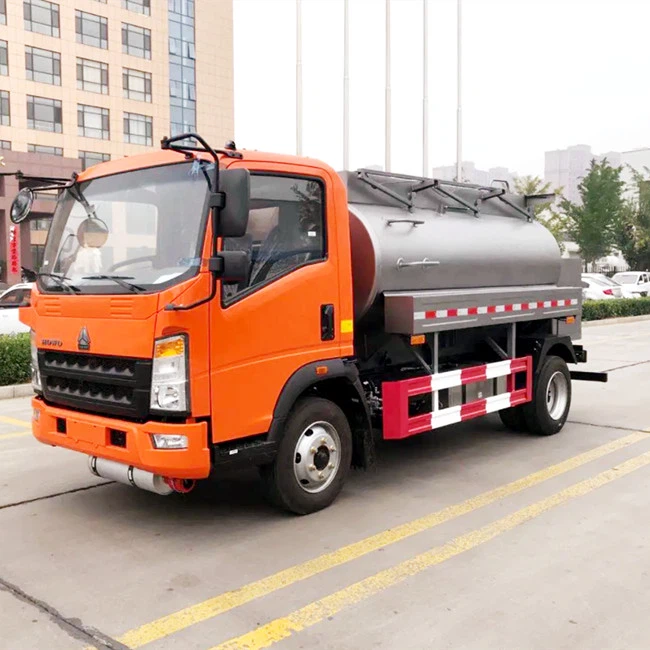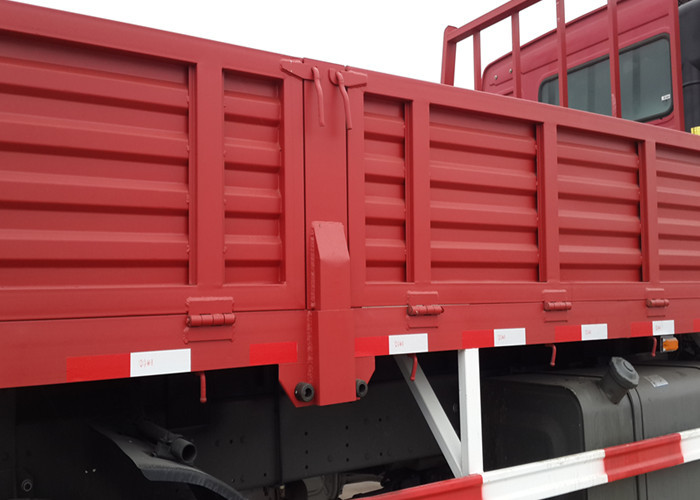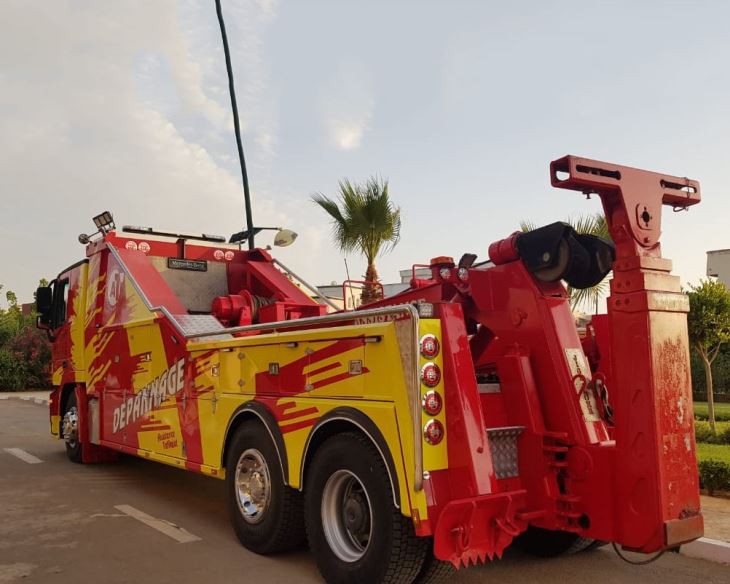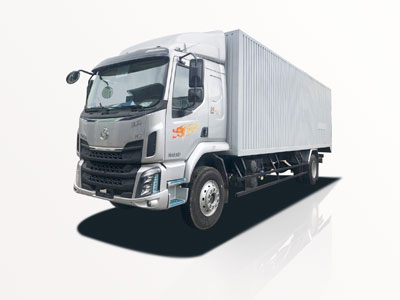Old refuse trucks are not just relics of a bygone era; they represent an essential aspect of waste management history. Understanding their evolution, features, and continued relevance can unveil a wealth of insights for collectors, enthusiasts, and those interested in the mechanics of waste management. This article will dive deep into the world of old refuse trucks, examining their significance, the different types, restoration tips, and engaging with modern alternatives.
What Are Old Refuse Trucks?
Old refuse trucks refer to waste collection vehicles that were used in past decades, often characterized by their distinctive designs and engineering. These trucks played a vital role in communities, helping to maintain hygiene and sanitation. With advancements in technology, many of these older models have been replaced, but their legacy and charm continue to captivate many.
History of Refuse Trucks
The Evolution of Refuse Vehicles
Refuse trucks have undergone significant transformations since their inception. The earliest garbage collection methods involved horse-drawn carts. In the early 20th century, motorized trucks began to emerge, revolutionizing waste management.
Key Milestones
| Year | Milestone |
|---|---|
| 1920s | First motorized refuse trucks appear, replacing horse-drawn carts. |
| 1950s | Introduction of compaction systems to maximize load efficiency. |
| 1980s | Development of environmentally-friendly refuse trucks. |
Notable Models From the Past
Some old refuse trucks have attained legendary status among collectors and enthusiasts. Models like the International Harvester Loadstar and the GMC Brigadier are just a couple of examples that have left an indelible mark on the industry.
The Technical Aspects of Old Refuse Trucks
Features to Look For
Understanding the technical specifications of old refuse trucks can help enthusiasts and restorers appreciate their design and functionality.
Design Elements
- Hydraulic Systems: Many older models utilized hydraulic systems for lifting and compacting waste.
- Engine Specs: Trucks from the 1970s and 80s typically featured gas or diesel engines with horsepower ranging from 200 to 300 HP.
- Cab Design: The cab often reflects the era’s design philosophy, focusing on driver comfort and visibility.
Mechanical Components
Old refuse trucks have a variety of mechanical elements that contribute to their operation:
- Chassis: Constructed from heavy-duty steel to support the heavy load.
- Suspension: Strong suspension systems to manage the vehicle’s weight effectively.
- Braking Systems: Older models often employed air brakes, which were an industry standard in heavy vehicles.
Restoration and Preservation of Old Refuse Trucks
Steps to Restore an Old Refuse Truck
Restoring an old refuse truck can be a rewarding project. Here are the basic steps:
1. Assess the Vehicle
Begin by evaluating the truck for structural damage, rust, and mechanical issues. Document the findings for reference.
2. Disassemble and Clean
Carefully disassemble the truck ensuring to label parts. Clean all components thoroughly.
3. Repair or Replace Parts
Parts that are damaged should either be repaired or replaced with authentic or replica parts sourced from reliable suppliers.
4. Repaint and Finish
Choose a paint color that matches the original or creatively updates the design. Make sure to use paint meant for heavy-duty vehicles.
5. Reassemble and Test
Put the truck back together carefully, making sure all components are functioning correctly. Conduct tests to ensure safety.
Where to Find Parts
Finding parts for old refuse trucks may seem challenging. Here are some resources:
- Specialized salvage yards: Many focus on vintage vehicles and may have a collection of parts.
- Online forums: Websites dedicated to truck enthusiasts often have sections for buying and selling parts.
- Local clubs: Joining vintage truck clubs can help connect restorers with resources and knowledgeable individuals.
Modern Uses of Old Refuse Trucks
Repurposing and Upcycling
Old refuse trucks can have a second life beyond waste management:
- Food Trucks: Transforming an old refuse truck into a mobile kitchen is increasingly popular.
- Storage Units: Some use these trucks as unique storage solutions in gardens or workshops.
- Art Installations: Creative individuals have converted trucks into sculptures or functional art pieces.
Community Projects
Engaging the community is another wonderful way to utilize old refuse trucks by turning them into mobile resource centers or workshops for education.
Challenges in Maintaining Old Refuse Trucks
Common Maintenance Issues
While charming, old refuse trucks come with their share of maintenance challenges:
- Parts Availability: Finding specific parts could become cumbersome as many older models are no longer in production.
- Rust and Corrosion: The age of the vehicle can contribute to deterioration due to rust.
- Fuel Efficiency: Often less efficient than modern counterparts, making them less practical for everyday use.
Cost Considerations
Owning and restoring an old refuse truck can be expensive. Budgeting for parts, labor, and possible upgrades is essential before embarking on such a journey.
Examples of Collectors and Enthusiasts
Community of Collectors
Many enthusiasts share their passion for old refuse trucks through clubs, social media, and dedicated forums:
- Social Media Groups: Platforms like Facebook feature groups for collectors and restorers where members can share tips, photos, and trades.
- Local Gatherings: Events specifically for vintage vehicles, including refuse trucks, allow collectors to showcase their work.
Historic Shows
Collectors often attend historic vehicle shows to display their trucks and meet fellow enthusiasts. These events often feature competitions, swap meets, and workshops focused on vintage vehicles.
Old Refuse Trucks and the Environment
Environmental Impact
With growing awareness of environmental sustainability, restoring old refuse trucks can help recycle materials, thereby reducing waste. Furthermore, using these trucks can promote local businesses focused on sustainable practices.
Contribution to Upcycling Movements
By repurposing old refuse trucks, individuals can contribute to upcycling movements that advocate for sustainability and resourcefulness.
FAQ About Old Refuse Trucks
1. Are old refuse trucks still functional?
Yes, many old refuse trucks can still be functional with proper maintenance and restoration. However, they may not meet current emission standards.
2. How can I find a specific model of an old refuse truck?
Look into specialized collectors, online marketplaces, and social media groups. Visiting local salvage yards can also yield results.
3. What is the average cost of restoring an old refuse truck?
The cost can range from a few thousand dollars to tens of thousands, depending on the truck’s condition, parts availability, and labor involved.
4. Can I use an old refuse truck for personal use?
Yes, many people convert old refuse trucks for personal uses such as food trucks, storage, or mobile workshops.
5. What challenges do old refuse trucks face compared to modern versions?
Old trucks may have more mechanical issues, be less fuel-efficient, and require harder-to-find parts compared to modern waste collection vehicles.
6. Are there communities dedicated to old refuse truck enthusiasts?
Yes, there are various clubs, online forums, and social media groups where enthusiasts can connect, share knowledge, and attend events.



